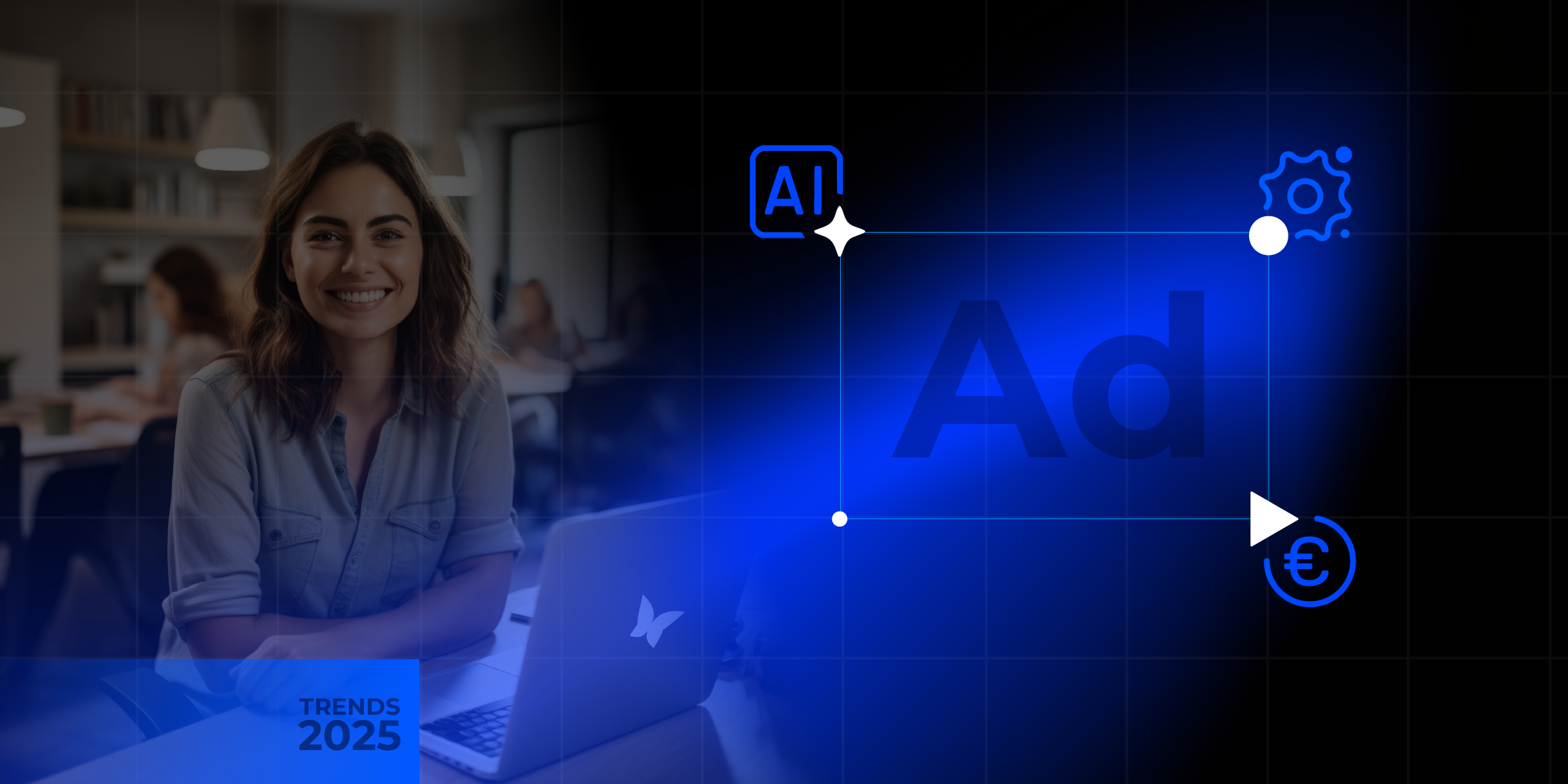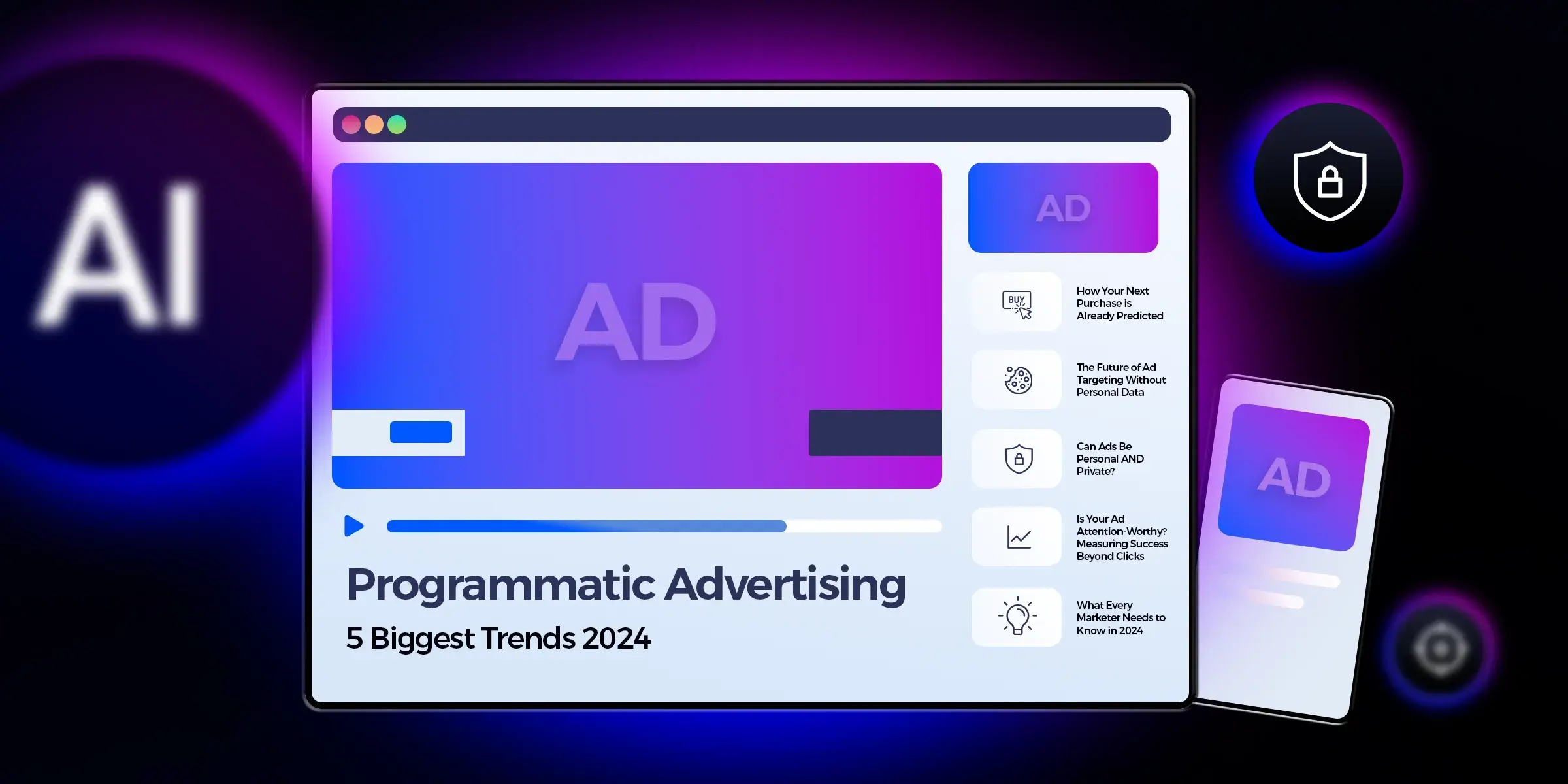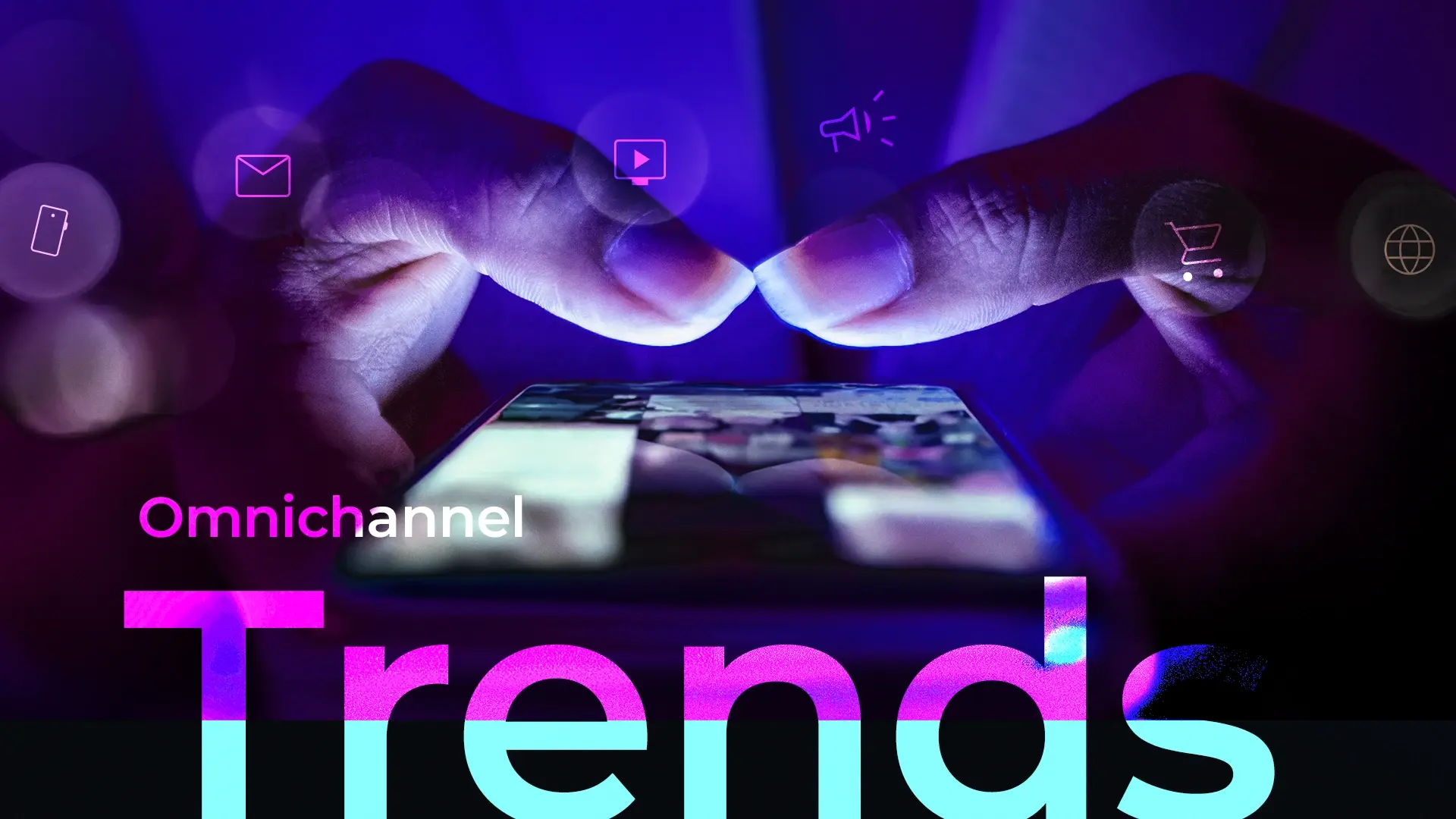Elkjøp is the biggest consumer electronics retailer in the Nordic countries, with 427 stores across 4 nations plus online business, and over 10,000 employees representing Elkjøp Nordics, Elkjøp Norway, Elgiganten SE, Elgiganten DK, and Gigantti. Based in Oslo, Norway, its marketing tasks are handled both centrally and regionally, making it a complex operation. We asked Michael Laursen, Performance Marketing & Data Manager at Elkjøp Nordics about the company's typical customer — and using in-house for a large part of their marketing production.
How would you define Elkjøp's target audience?
We serve a huge part of the Nordics, from 18 years up, so almost everyone. We target different demographics in our many different categories. We run around 20 campaigns monthly, with at least 8 having four contextually relevant target audiences. We use about 30 different creative formats across all 4 markets on external media, and 6 formats on internal channels (not all countries). There are a lot of different needs we need to combine, from customer expectations to category limitations and legal aspects — and communicate this in a relatable way — within 2 seconds, an average attention span for a display banner.
Which are the channels you use to engage with your customers both in-store and online.
We use Bannerflow for social channels, on display and digital-out-of-home, on some storefronts, etc. It's a huge progress from “one size fits all” to a lot of different versions.
What are your main challenges in the retail sector?
We have a lot of different creative types due to different demands depending on what we're communicating. Sometimes it's just a basic product image, info, and a brand logo. Here’s the biggest challenge — you want to communicate a lot, but you have very little attention time so it's all this information boiled down to one creative.
Would you say that's where you need creative automation to help you with this creative work?
Yes, Bannerflow allows us to communicate to a lot of different segments at scale, without excessive creative work — to a variety of audiences having different categories and specific context placements where we need to communicate. It's really about the template-based production that CMS allows us to do and one of the key reasons why we use it. Bannerflow gives us a short time to market. So if we suddenly want to change something in a campaign already running — we can change it on the spot and push it out. We have the freedom to maneuver quickly.
How does this exceptional speed and adaptation to the market translate into some of your KPIs?
It’s largely down to effective production. We save a lot in costs and manpower because we can be very efficient in producing ad creatives in all thinkable formats depending on what this specific customer is looking for. It's about creating a lot of assets at a low cost.
You’ve been with Bannerflow since 2015. How has our partnership evolved over the years?
We introduced Bannerflow in one country and then have been onboarding the remaining countries when the organisation has been ready. The biggest wish from our side has always been to develop and grow together, a sort of give-and-take relationship. We’re happy to see this collaboration between us. You always listen to feedback and strive to evolve.
Can you tell us more about the pros and cons that you have experienced while working across multiple countries using Bannerflow?
When collaborating across several countries, you have the opportunity to share resources and templates, run diverse tests, and continuously improve your work for the improvement of everyone's performance. Fortunately, we have had positive experiences working across several countries and agencies, and It’s fascinating that even with just a few people in each country, working together can feel like a close-knit team. With the right rules and setup, it’s like having a small team, but with a large and diverse group across countries and creative agencies, all contributing to make the product better.
When it comes to balancing local and global approaches, how do you keep your voice and brand vibe consistent across all those different markets?
The decision to adopt the Nordic templating approach as our best practice is a smart one. We aim to ensure effectiveness by conducting thorough testing across various countries and promoting two-way communication. The results of each test are shared, providing valuable insights that influence future template adjustments. We must adhere to our brand guidelines, and challenge any aspects through testing. We’ve moved away from relying solely on aesthetics and instead prioritise performance feedback. This iterative process is essential to our continuous improvement.
So, you've integrated a more data-driven approach in your marketing with Bannerflow?
Absolutely, yes. In the past, there was a tendency to use one template for everything, whether it was a large top banner or a mobile banner, forcing content into the same format. What's great about Bannerflow is the ability to experiment and learn. You can create a template, refine it, and adapt based on insights gained during the testing phase. This flexibility wouldn't be possible if we had to stick to the old rigid formats.
Building on our discussion, the next question aligns with personalisation and targeting. How do you incorporate these strategies?
We have a catalogue of around 50,000 unique products. Although not all of them are featured in separate display ads, our challenge is to cater to diverse in-market segments with new products and deals each week. Achieving this requires the ability to use a single template across various categories and segments, which is impractical without the scalability provided by our current solution, Bannerflow. This approach enables us to efficiently handle the extensive range of customer interests while minimising the workforce required for production.
Do you use Bannerflow for testing and learning from a campaign shared across different markets?
We do use Bannerflow to some extent in our local operations. We have a monitoring system in place to track its performance. We’re mainly focused on gathering high-level data related to live campaigns, such as tracking impressions, clicks, and overall performance. When it comes to creative testing, we usually rely on external tools in separate testing environments.
How has incorporating our platform affected the flexibility and responsiveness of your display and digital out-of-home campaigns?
We manage numerous campaigns, and Bannerflow has empowered us to make ad hoc changes in a remarkably short time to market. We're no longer reliant on a media agency to modify display banners for existing placements. The flexibility to swiftly change running content is crucial for us. The ability to decide on updates in the afternoon and promptly react to needs is a key advantage. In some countries, we also use the option to publish banners as a still image that can be hosted on-site - enabling us to create a templated banner for our site without having to rush it through our creative production department.
For your campaigns, which key metrics and performance indicators do you prioritise and monitor?
One of our primary goals is to improve brand awareness. Key brand metrics, like display balance, are crucial to achieving this objective. While display ads may not have a high click-through rate, it is essential to have a clear sender ID and to convey a message within a limited attention span. Ultimately, our primary objectives include achieving a strong ROI, reinforcing brand identity, and effectively delivering our message.
Working with social media, the key challenge lies in making a quick and impactful impression for effective brand awareness amidst intense competition for attention. The reality is though, impressions and CPM have no value if people aren't paying attention or can't recall your brand's origin. So despite a decent click-through rate, the critical question is whether you aim for mere visibility or if your goal is to be truly memorable.
How do you measure that?
Testing. Many different things are being worked on today. However, it’s still a new field, and much more work needs to be done. But the main goals are to reach as many people as possible, get clicks, and most importantly, get noticed and remembered. So, we use different tools to see how much we pay for each second people pay attention to our ads.
Can you describe the process you use for creating and deploying DOOH campaigns?
It's all about tailoring our communication strategy, and the approach depends on the message. For a broad audience, we use videos, but for more nuanced campaigns, especially tied to specific areas, we utilise the Bannerflow setup. This includes diverse messages, from welcoming people to events to expressing gratitude afterwards. We also incorporate location-based offers, like promotions related to nearby store stock levels for out-of-home displays. The key takeaway is that it enables us to apply dynamic banner principles to Digital Out-of-Home (DOOH) campaigns.
In regards to customer success, is there anything specific you want to emphasise?
Regarding customer success and our collaboration with you over the years, I'd like to highlight our appreciation for the structured approach. We have recurring meetings and a yearly roadmap with specific goals, whether it's entering new markets, onboarding new business segments, or improving various aspects. It's crucial for us that Bannerflow actively drives initiatives and helps us navigate new developments and functionalities.
Thank you so much for the great talk.
.webp)







